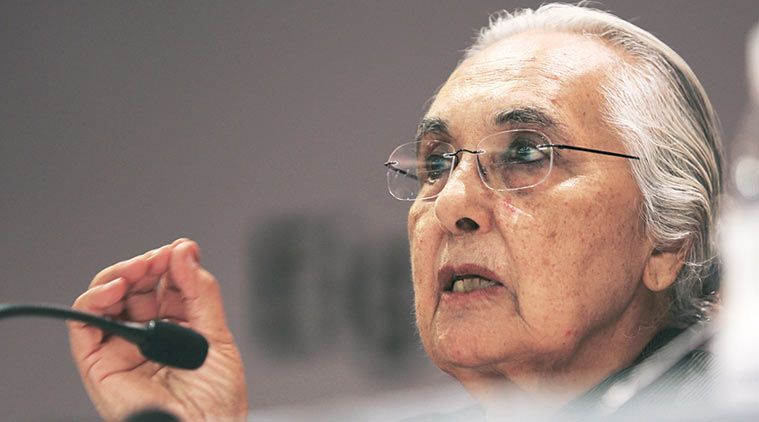by NEELADRI BHATTACHARYA
 Historian Romila Thapar PHOTO/The Indian Express
Historian Romila Thapar PHOTO/The Indian Express
The years after Independence saw a paradigm shift in history writing in India. Inspired by the ideals of nationalism, and the vision of a secular and democratic society, a generation of young historians set out to write a new kind of history. Historians, it was felt, had a role to play in the constitution of a new national imaginary, in fashioning the citizen subjects of the new nation state. History had to be re-narrated, purged of the inscriptions of colonialism, cleansed of the constitutive assumptions of communalism. To build a new tradition of history writing, it seemed necessary to unpack existing frames of thinking, pose new questions, mine new sources, and, beyond that, to establish new institutions, redraft courses, and rewrite textbooks.
Romila Thapar is a leading figure of this generation. She has spent a lifetime reinterpreting the history of early India, engaging with the conceptual underpinnings of prevailing frames and critiquing existing stereotypes about India’s past. In the 1960s and 70s, Thapar’s thinking was shaped by an encounter with sociological theories and Marxism. She creatively drew upon the conceptual resources of these traditions and also defined her distance from them. Over the subsequent decades she opened herself to the newer currents of ideas—the linguistic and narrative turns—and reworked her own frame of thinking…
For Thapar the struggle for a secular, democratic society in India is intimately bound to the battle against communal readings of the past. Of the many essays she has written on the subject, this volume offers four (chapters 8–11). A set of core ideas recur in these essays. Thapar argues that the notion of two monolithic communities, Hindus and Muslims, confronting each other through history is the product of communal ideology. Early history suggests the existence of multiple communities with diverse identities. Hinduism as an overarching entity did not exist, nor did Hindus or Muslims as homogenous categories. Innumerable sects—Vai??avas, ?aivas, Li?g?yats, Buddhists, Jainas—jostled for social space and cultural power. There were conflicts between heterodox and orthodox sects, between ?rama?as and br?hma?as. Similarly, the Arabs, Turks, Afghans, and Persians who came to India from the northwest as traders and invaders, were not seen as a unified group, nor classified as Muslims. They were referred to as T?jikas, ?akas, Turu?kas, Yavanas, and Mlecchas. Geography, ethnicity, and language were most often their markers of identity, not religion.
Indian Cultural Forum for more
